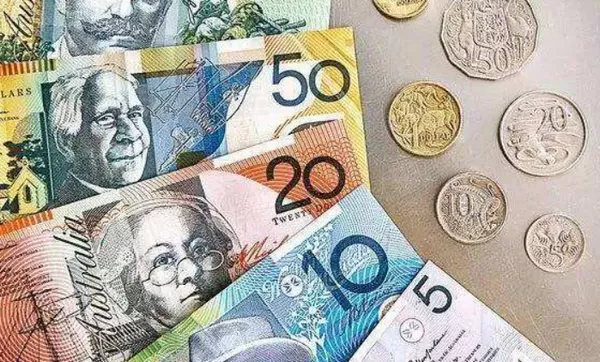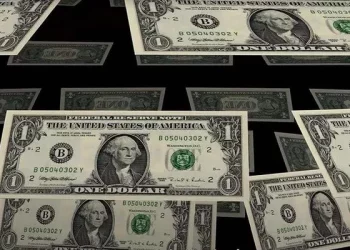Exchange rate varieties in the foreign exchange market have a small daily fluctuation range. In order to attract more investors to participate, a lot of derivative products have been created, mainly referring to varieties related to the original futures market in form.
What is the meaning of foreign exchange margin trading?
Foreign exchange margin trading, also known as credit trading or head trading, refers to the two parties in the transaction, there is no delivery of spot, the two parties agree to pay a certain proportion of capital as the margin, so as to determine the exchange of property rights of the traded goods, the final delivery of spot can make up the balance.
Since there is no physical exchange when the transaction is determined, anyone can become a seller in principle. As long as he thinks that the current price is too high and will fall back to a certain range in the future, he can sell the goods as a seller in advance. In the form of deposit, he can also pay a certain proportion of funds as a credit guarantee.
Before the agreed delivery time to buy the commodity in the spot market to the buyer for physical delivery, or in advance to sell the contract in the market in the opposite operation to buy the related contract to cancel the previous contract.
Therefore, according to the characteristics of margin products, the long-short two-way trading system is derived. As a major advantage of derivative products, market investors can enter and participate as sellers when they see that the price is inflated and may fall, instead of having to own products before, so as to completely release the possible supply in the market.
Investors can make money on volatility as long as they are right about the direction of the trend.
If you are bearish on the market, you can sell a contract at a high price and then buy out the contract at a profit when the price falls as expected.
Margin trading is also known as leveraged trading, because the customer only pays a certain proportion of funds as margin during trading. If the price of the buyer rises after operation, the buyer will make profits, and the profit proportion is calculated according to the percentage of the total value agreed in the contract. The margin paid for the buyer will magnify the profit margin, so it is also called leveraged trading.
It is equivalent to enlarging the client’s original investment funds.
For example, if a customer buys a $100,000 exchange rate product with a 5% margin, he only needs $5,000 as the margin. If the exchange rate appreciates by 5%, the contract will gain $5,000.
It made a profit of 100% on its payment of the encumbered $5,000 deposit.
With the characteristics of low input, high benefit and two-way trading, foreign exchange margin products attract a large number of traders, provide liquidity support for the foreign exchange market, and ensure that enterprises in the real economy with exchange needs have a good channel to hedge risks.
At present, major domestic commercial banks have also begun to provide margin products, such as the Bidirectional treasure product of the Bank of China, which can short exchange rate varieties, and can use the minimum 20% margin to participate in the products, and can also choose non-RMB mainstream currency pairs to operate.
When the customer’s margin level falls below 50%, the bank will prompt the customer to raise the margin until it reaches 100%.
When the margin falls below 20 per cent and the client fails to make a timely margin call, the bank will forcibly close the client’s position according to the single order with the highest loss.
Ii. Is Foreign exchange margin trading legal?
It should be known that foreign exchange margin trading has become the second largest investment product after stock trading. At present, there are millions of investors engaged in foreign exchange margin trading in China, and the trading volume is extremely large.
As for whether foreign exchange margin trading is legal or not, I don’t think investors need to worry about it at all.
Admittedly, the country has not fully opened the foreign exchange margin trading at present, which is mainly because the foreign exchange trading started relatively late, and the various regulations on foreign exchange trading, especially the leveraged foreign exchange trading, are not particularly rigorous. Therefore, the country has not opened the foreign exchange margin trading at present.
However, most of our foreign exchange margin transactions are conducted on foreign exchange platforms, where funds are remitted to foreign countries and then foreign exchange transactions are conducted.
It is as if we take the money to travel abroad and then trade abroad, there is no problem at all.
Therefore, investors do not need to worry about whether the foreign exchange margin is legal or not.
There is a saying in law, “If it is not illegal, it is legal”. Foreign exchange margin is a legal blank in China, which belongs to the gray area.
However, according to the trend of national policy, the opening of foreign exchange is a big trend.


























